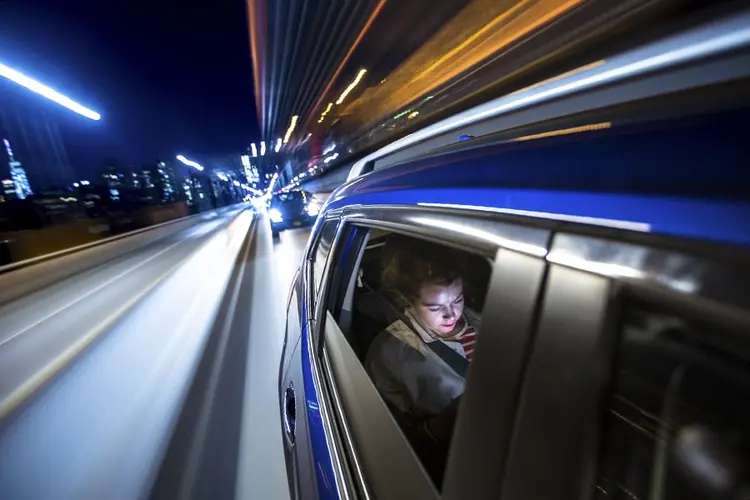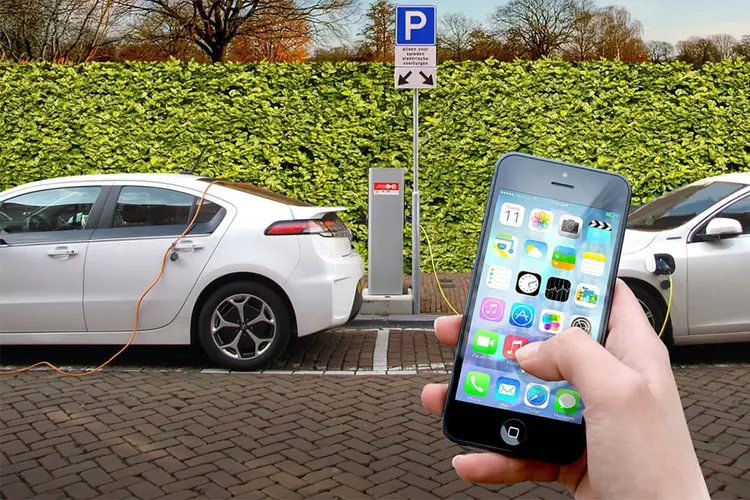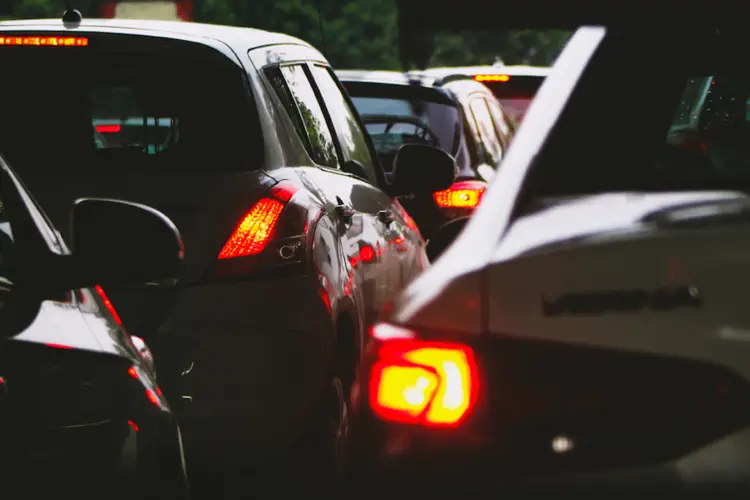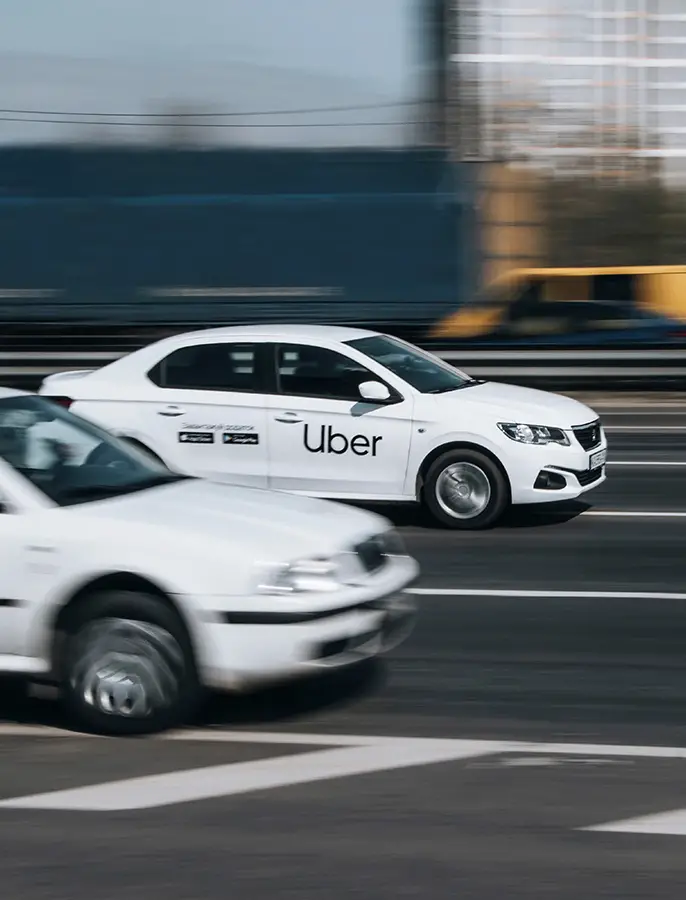The Effects of Uber and Lyft in U.S. Cities
Media Inquiries
Ride-hailing services like Uber and Lyft have redefined mobility and affected travel patterns, car ownership, congestion, the economy, the environment and equity in cities across the globe. A new policy brief series(opens in new window) delves into the implications and opportunities that transportation network companies (TNCs) present.
The series summarizes key findings and recommendations from a compilation of studies conducted by Jeremy Michalek(opens in new window), the lead author, and other Carnegie Mellon University College of Engineering(opens in new window) researchers.
The first brief in the series examines how Uber and Lyft have affected U.S. cities during their transformational growth over the last decade. "That question is important because it helps us understands whether TNCs are providing social benefits in cities and whether cities should have a friendly or more skeptical posture toward them," said Michalek, a professor of engineering and public policy(opens in new window) and mechanical engineering(opens in new window).
The researchers found that TNCs have increased economic growth, employment and wages for intermittent jobs in U.S. cities. However, TNCs are not a reliable way to reduce car ownership. When TNCs entered U.S. cities, car ownership actually increased in car-dependent and slow-growth cities, and TNCs displaced transit ridership most in cities with high income and fewer children. "Overall, Uber and Lyft affect different kinds of cities differently, and that is important to understanding their impact," said Michalek.
The second brief examines traffic implications of Uber and Lyft, finding that they can clean the air but clog the streets. Taking an Uber or Lyft ride instead of a personal vehicle can reduce air pollution costs by 9-13 cents, but the extra driving to and from passengers increases other costs from congestion, crash risk and climate change by about 45 cents. "You create lower external costs to society when you drive your personal vehicle, on average," says Michalek.
This raises the question: Should governments encourage shared rides through TNC ride pooling?
"We found that policies in Chicago intended to increase ride pooling actually worked. However, while pooling can substantially reduce traffic costs, private incentives already encourage pooling at levels that are fairly efficient for society, so imposing much higher pooling rates may come at a cost," said Michalek.
The third brief examines environmental aspects of Uber and Lyft. In response to environmental concerns and public interest, Uber and Lyft have committed to electrify more of their fleets in the coming years. The researchers conducted simulations and found that when TNCs are faced with the air emission costs that their fleets impose on society, they electrify more of their fleets, reducing air emission costs by 10% in New York City and up to 22% in Los Angeles. This suggests that policy interventions to encourage electrification of TNC fleets may be warranted. Yet flexibility is important because the researchers found that the best fleet is typically a mix of electric and gas-powered vehicles.
Finally, the last brief in the series examines the capacity for Uber and Lyft to reveal and potentially address societal inequities. In one of the studies, the researchers examined TNC ridership during heatwaves in New York City in 2019, finding that ridership increased more in high-income neighborhoods than in low-income neighborhoods, suggesting that low-income riders are subject to endure more extreme heat and humidity.
"We've been doing a lot of work on Uber and Lyft over the past six years, and this brief series provides a compact summary of what we have learned and what we recommend — both for cities and for travelers wishing to reduce negative effects of their travel choices on society," said Michalek.
Portions of this policy brief were supported by the National University Transportation Center for Improving the Mobility of People and Goods(opens in new window) (Mobility21) at Carnegie Mellon University.
— Related Content —

Who's Paying For Your Uber?

Should Uber And Lyft Be Electrifying More Vehicles?

